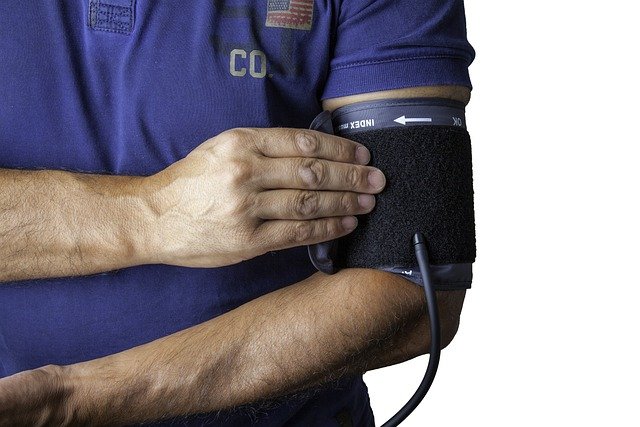Noninvasive Tests That Help Clarify New Skin Anomalies
New nodules or lumps in the skin or beneath it can cause uncertainty. This concise summary outlines common noninvasive approaches used in dermatology and primary care to evaluate subcutaneous masses, describe imaging and monitoring options, and indicate when further testing such as biopsy may be appropriate.

Noticing a new swelling, nodule, or mass of the skin often prompts questions about seriousness and next steps. Clinicians rely first on a structured noninvasive evaluation to distinguish many benign conditions from those that need further investigation. This initial approach typically combines careful clinical assessment, targeted imaging—most commonly ultrasound—and planned monitoring. Clear documentation of size, symptoms, and any progression helps guide whether a biopsy or specialist referral is required.
This article is for informational purposes only and should not be considered medical advice. Please consult a qualified healthcare professional for personalized guidance and treatment.
When is a skin nodule a concern?
A nodule or lump in the skin or subcutaneous tissue can represent a wide range of causes, from benign cysts and lipomas to inflammatory nodules or, less commonly, malignant tumors. Concerning features include rapid growth, fixation to underlying structures, irregular surface changes, ulceration, associated lymphadenopathy, or systemic symptoms. Contextual history—such as recent injury, infection, or new medications—also informs risk and urgency and helps prioritize which noninvasive tests should be performed first.
How does palpation aid clinical assessment?
Palpation is a primary, noninvasive tool used during dermatology and primary care exams. Through touch, clinicians assess consistency (soft, rubbery, firm), mobility relative to skin and deeper tissue, tenderness, and whether the lesion is superficial or subcutaneous. Findings such as a freely mobile, soft mass often indicate benign processes, while a hard, fixed mass or one that is painful may lead to imaging and specialist referral. Palpation combined with visual inspection sets the baseline for further diagnostic steps.
How does imaging support diagnosis?
Imaging provides noninvasive insight into a lesion’s internal structure and extent. For superficial skin and subcutaneous masses, ultrasound is generally first-line because it differentiates cystic from solid lesions, shows vascularity, and measures depth and size. MRI or CT may be selected for deep, complex, or anatomically challenging masses where detailed soft-tissue contrast or broader anatomic planning is needed. Imaging findings help determine whether watchful waiting or a biopsy is warranted.
How does ultrasound help characterize nodules?
Ultrasound is widely used to examine nodules and subcutaneous masses because it is accessible, avoids radiation, and yields real-time information. High-frequency probes reveal whether a lesion is fluid-filled, solid, or mixed; Doppler assesses internal blood flow that can suggest inflammatory or neoplastic activity. Reproducible measurements on ultrasound also support monitoring over time. When ultrasound cannot definitively characterize a mass, clinicians consider further imaging or tissue sampling.
When is biopsy needed in dermatology?
Biopsy remains the definitive method to establish a tissue diagnosis when noninvasive evaluation is inconclusive or suggests potential malignancy. Indications include suspicious clinical features, concerning imaging characteristics, persistent unexplained masses, or lesions that will alter management once characterized. Types of biopsy—shave, punch, or excisional—are chosen based on lesion depth, size, cosmetic concerns, and diagnostic needs. Biopsy planning balances diagnostic value against procedural risks and scarring.
How are subcutaneous masses monitored over time?
Not every nodule requires immediate removal. For lesions that appear benign on clinical exam and imaging, planned monitoring can be a safe strategy. Monitoring protocols typically involve scheduled clinical reviews and repeat ultrasound when indicated, focusing on changes in size, symptom development, or new surface features. Clear thresholds for re-evaluation (for example, measurable growth over a defined interval) and patient education on warning signs improve safety during conservative management.
In conclusion, a layered, noninvasive approach—starting with palpation and clinical assessment, followed by targeted imaging such as ultrasound and structured monitoring—often clarifies the nature of new skin anomalies without immediate invasive procedures. When findings remain uncertain or raise concern for malignancy, biopsy provides a definitive diagnosis to guide treatment. Documenting changes and coordinating with local services or dermatology specialists supports accurate assessment and appropriate follow-up.






